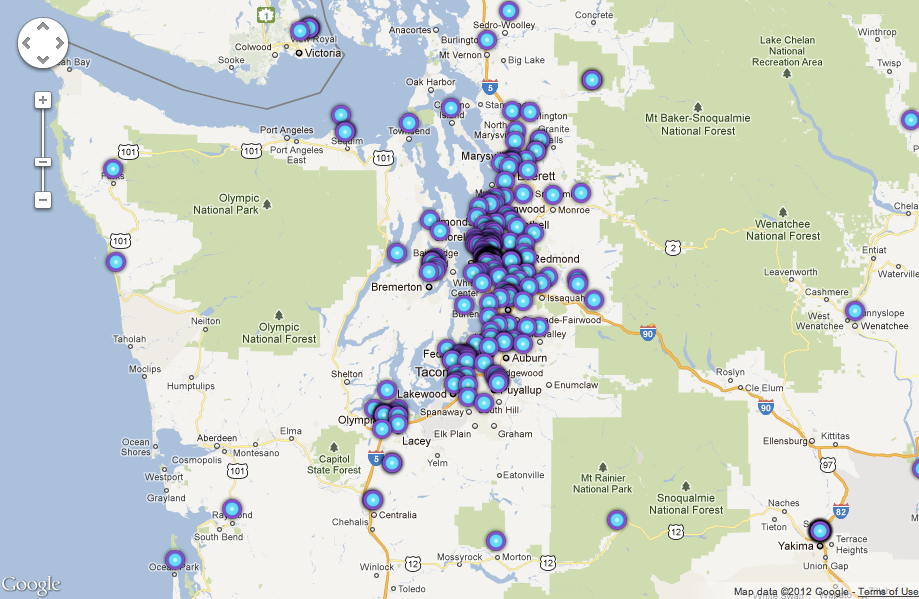Condoms with Barcodes Track Safe Sex

A new Planned Parenthood initiative combines sex and social media to encourage people to use protection while they're getting busy.
Last week, as part of National Condom Week, Planned Parenthood of the Great Northwest distributed 55,000 condoms with QR (or Quick Response) codes on the packaging across colleges and universities in western Washington state. The idea is that condom users can scan these codes with a smartphone after using protection, "checking in" on a global map of safe sex.
The site, www.wheredidyouwearit.com, is totally anonymous, though users can provide some vague details about the sexual encounter and how it went, from "things can only improve from here" to "it was ah-maz-ing."
Planned Parenthood officials say the goal is to encourage pride about preventing pregnancy and sexually transmitted diseases. [How to Wear a Condom]
“We hope the site promotes discussions within relationships about condoms and helps to remove perceived stigmas that some people may have about condom use," Nathan Engebretson, the local Planned Parenthood's new media coordinator. "Where Did You Wear It attempts to create some fun around making responsible decisions."
Recent research suggests that condom use is up in teenage boys, though global studies suggest that operator error such as failing to check condoms for damage or storing condoms incorrectly may prevent condoms from reaching their full protection potential.
The Planned Parenthood initiative focuses on encouraging safe sex among college students, as college is a formative time for sexual behavior. A recently-released study of female college freshmen found that these young women use condoms at relatively high rates at first, but often drop them over the course of their first year at school
Sign up for the Live Science daily newsletter now
Get the world’s most fascinating discoveries delivered straight to your inbox.
So far, the safe sex map reveals encounters from coast to coast and internationally. And most users seem pretty pleased with protected sex.
"A 20 something girl and a guy whose relationship is all about love and have already talked about safer sex and STDs used a condom in the bedroom to prevent an unplanned pregnancy," reads one report from Casper, Wyo. "It was ah-maz-ing – rainbows exploded and mountains trembled."
You can follow LiveScience senior writer Stephanie Pappas on Twitter @sipappas. Follow LiveScience for the latest in science news and discoveries on Twitter @livescience and on Facebook.

Stephanie Pappas is a contributing writer for Live Science, covering topics ranging from geoscience to archaeology to the human brain and behavior. She was previously a senior writer for Live Science but is now a freelancer based in Denver, Colorado, and regularly contributes to Scientific American and The Monitor, the monthly magazine of the American Psychological Association. Stephanie received a bachelor's degree in psychology from the University of South Carolina and a graduate certificate in science communication from the University of California, Santa Cruz.









